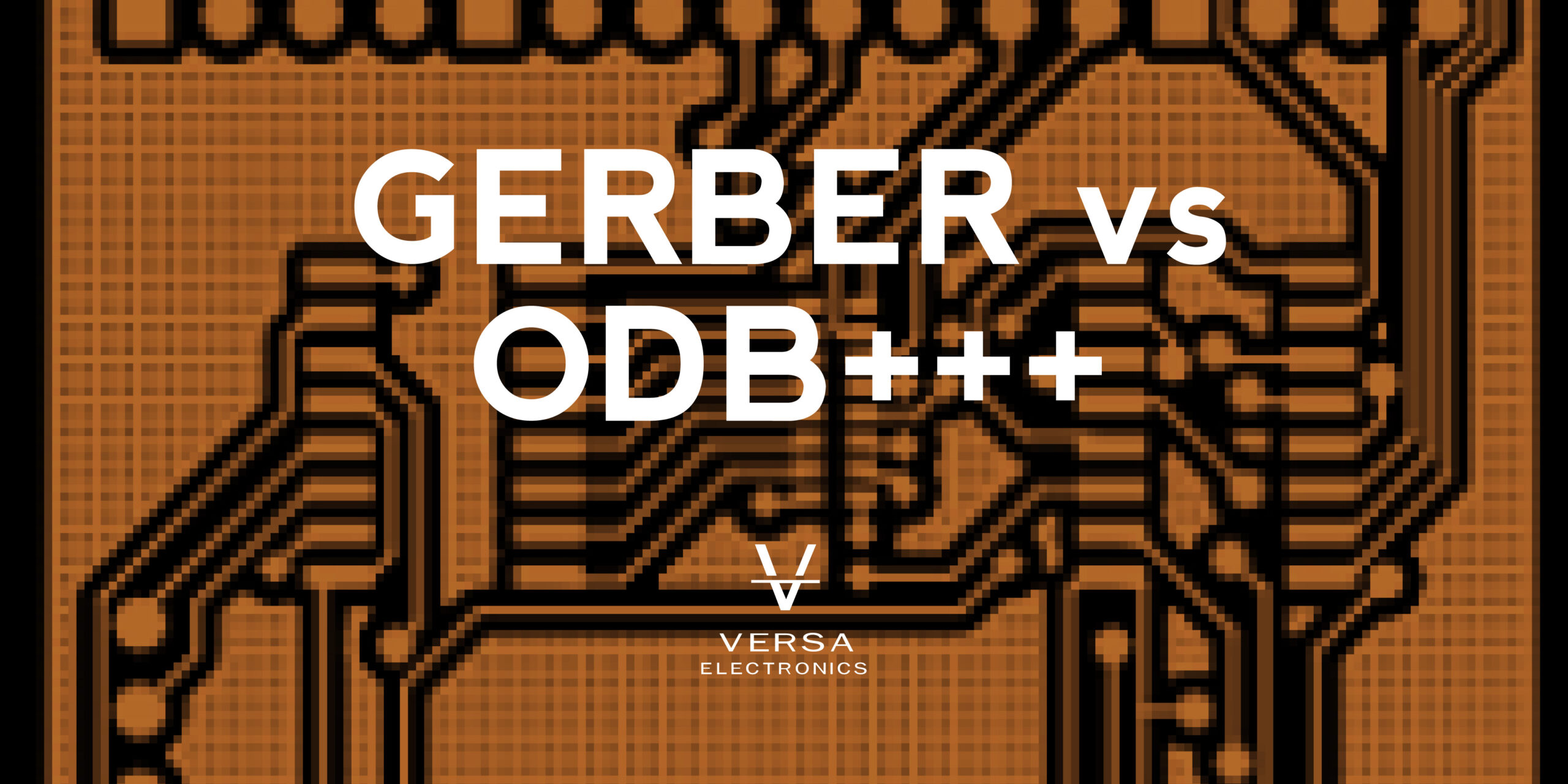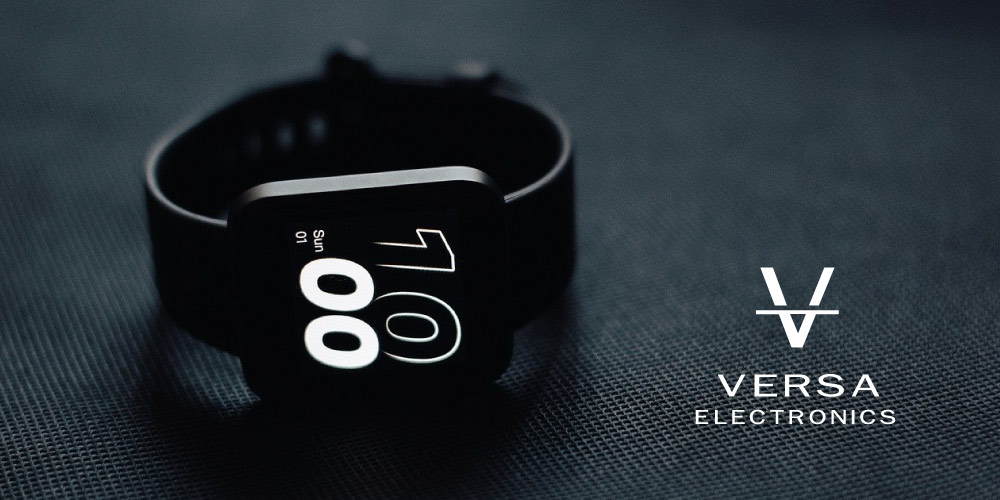Every electronic circuit is built upon a printed circuit board (PCB) that houses all the electronic components. Designers typically use Computer-Aided Design (CAD) tools to design PCBs, and then transfer this data to companies through the relevant Computer-Aided Manufacturing (CAM) systems.
Computer-Aided Design tools can format the PCB design data into the desired format before transmitting the same to CAM systems. There are two general format standards used today: Gerber RS-274X and ODB ++.
The Gerber standard turns out to be the most common among all global PCB design files than the ODB ++ standard.
For most engineers and manufacturers, the question remains, which is better: Gerber RS-274X and ODB ++?
In this guide, we elaborate on the two options and take a look at the difference between them.
The Gerber Standard
Gerber is the most common PCB data design standard in the world. Joseph Gerber of the Gerber Scientific Instrument Company initially developed the file format in the late 20th century (the 1980s).
At the time, the Gerber standard was instrumental in operating vector photoplotters. However, its popularity rose due to the continued development of the CAM systems used in the creation of printed circuit boards.
When exporting Gerber files into CAM systems, you must first compress them into single archives. In addition, there must be a correlation between a Gerber file and the associated layer, power plane, or ground plane.
Typical Gerber file extensions are:
- .TOP
- .SMT
- .BOT
- .SMB.
So, what are the key features of the Gerber standard? We list them below.
- The Gerber file is unambiguous, making it easy to understand.
- Output is often automatic. Therefore, there are seldom any issues regarding data presentation, and debugging becomes easy.
- The designs are accurate and standardized.
- You can include PCB fabrication characteristics like finish and thickness when transferring the files to CAM systems.
- The files are highly portable, which makes email transfer a seamless process.
- You can convey the features in Gerber files as locations and outlines, primarily layer by layer.
However, it is vital to understand that limitations of the RS-274X exist.
For example, there is no drill information in the output, while the simple graphic representations can sometimes prove hard to edit.
Another disadvantage is that an incomplete definition of the layer stack can affect the copper layers, which are vital for heat dissipation and signal transmission.
An Example of a Gerber file
%TF.FileFunction,Copper,Bot,L4*%
%TF.FilePolarity,Positive*%
%TF.Part,Single*%
%FSLAX36Y36*%
%MOMM*%
%TA.AperFunction,Conductor*%
%ADD10C,0.15000*%
%TA.AperFunction,ViaPad*%
%ADD11C,0.75000*%
%TA.AperFunction,ComponentPad*%
%ADD12C,1.60000*%
%ADD13C,1.70000*%
G01*
G75*
%LPD*%
D10*
X76649990Y36899980D02*
X83949950D01*
X84399990Y37349990D01*
X93699990D01*
D11*
X76649990Y36899985D03*
X83599990Y18749980D03*
X98829985Y36504980D03*
D12*
X460298855Y784148855D03*
D13*
X107299765Y20629885D03*
X109839765D03*
X112379765D03*
M02*
The ODB ++ Standard
On its part, the ODB ++ standard is a far less popular option, although it was introduced to provide single data structures when exporting PCB designs.
In other words, the ODB ++ standard removes the need for transferring PCB designs in different formats.
ODB ++ files contain all the pertinent design information, which improves efficiency for PCB manufacturers.
The main formats used today are ODB++ Design, ODB++ Manufacturing, and ODB++ Process. When you merge these files, you create a single data structure that portrays the complete PCB.
So, why else would a manufacturer prefer ODB++ over the Gerber standard? The following are the chief characteristics:
- The analysis becomes quicker. Some modern manufacturers’ Computer-Aided Manufacturing systems can examine an ODB++ design data file faster than they can with a Gerber file. This is because you use less time converting and reviewing the files.
- ODB++ design data files can recognize features’ shapes, sizes, and positions. This makes it simpler for manufacturers to integrate the necessary adjustments on the go.
- As a designer, you can integrate large amounts of data. For example, your file can have components, bill of materials (BoM), material stack up, fabrication, and component placement data, all at once.
- ODB++ design data files are comprehensive. This file structure makes it easier to manage risks by reducing errors in creation.
The major downside with the ODB++ standard is that email sharing can become challenging. As we have already stated, ODB ++ files contain all the pertinent design information, and they emerge as a single data structure that portrays the complete PCB.
Due to this reality, you might be left with extremely large files that might slow the data transfer process.
Bottom Line
In this guide, we have discussed the main characteristics associated with the Gerber RS-274X and ODB ++ standard that carry PCB design data.
The main issues that arise regarding the two are the file formats that can be accommodated, the type of output, portability, and usage prevalence.
So, which one is better between the two? It is safe to say that the discussion will never finish. What matters is that which works for the manufacturer.
Most electronics manufacturers support the two standards, which is good news.
In case you have any questions regarding the issues discussed in this post, it would be best to contact your PCB supplier for clarification. Consulting with the experts will help you or your organization avoid any risks in the design-to-manufacturing transition process.
About The Author
 Tony Zuberbuehler is a Sales Manager at Versa Electronics with a focus on electronic contract manufacturing. Tony’s career in technology manufacturing spans 25+ years and has included roles as an engineering liaison, in purchasing and material management, manufacturing and planning, customer interfaces, and product fulfillment. Connect with Tony Z on LinkedIn.
Tony Zuberbuehler is a Sales Manager at Versa Electronics with a focus on electronic contract manufacturing. Tony’s career in technology manufacturing spans 25+ years and has included roles as an engineering liaison, in purchasing and material management, manufacturing and planning, customer interfaces, and product fulfillment. Connect with Tony Z on LinkedIn.





